18 October 2023
On Friday 29 September I travelled to Orange to meet with the Central West Environment Council [CWEC], an organisation made up of conservation groups and individuals with the shared aim of working together to protect their local environment. When the CWEC first wrote to me as Parliamentary Secretary, its members highlighted the environmental impacts their region has endured for generations. Broadscale land‑clearing activities are perhaps at the core of the challenges they face, with agricultural expansion, mining and urban development being some of the primary economic and social controversies for the area.
I often think of the Central West region as a neighbour to my own Blue Mountains electorate, not technically in a geographical sense but more in terms of both places having a common plight. Our communities vie for recognition of our uniqueness and our worthwhile economic and cultural contributions to this State. We want to be celebrated for who we are. We want the distinctive challenges our regions face to be acknowledged and we do not want to be disadvantaged by an urban‑centric lens that can at times fail to acknowledge the relevance or value of communities outside of the Sydney Basin.
I am grateful for the opportunity I had a few weeks back to meet with the Central West Environment Council. Conversations around boardroom tables have their place, but they are no substitute for getting out into these places, speaking to people on their own turf and immersing oneself in the environment that the people who you are connecting with are fighting hard to protect. I make mention of the members of the CWEC who attended the meeting, each worthy of acknowledgement for their contributions as individual entities but also as part of this group. I thank them for making the time to share their concerns, suggestions and perspectives with me. Those members are Nick King, President of CWEC and secretary of Environmentally Concerned Citizens of Orange; Bev Smiles, secretary of CWEC, and president of the Inland Rivers Network and the Mudgee District Environment Group; and Rosemary Stapleton, secretary of Orange Field Naturalists and Conservation Society.
Also in attendance were Andrew Rawson, president of the Canobolas Conservation Alliance; Margaret McDonald, president of the Dubbo Environment Group; Francis Retallack, vice‑president of Cadia Community Sustainability Network; Rebecca Price, vice‑president of Belubula Headwaters Protection Group; Lisa Paton, cultural heritage adviser with Belubula Headwaters Protection Group; Cheryl and John Neilson, Rylstone District Environment Society and the Mudgee Region Action Group; and Stephanie Luke and Sally Neaves from the Bathurst Community Climate Action Network. I also acknowledge the issues and actions of Lithgow Environment Group, Dubbo Field Naturalists and Conservation Society, and Healthy Rivers of Dubbo.
That day I walked away with a deeper understanding of the issues our Central West neighbours are working tirelessly to tackle through raising awareness, appealing to government and joining together in grassroots, community‑led campaigns designed to invoke meaningful action. Our discussions during the day centred around their requests. They called for an end to broadscale clearing and attending to biodiversity destruction. They believe there is a need for an independent review of the Biodiversity Conservation Act 2016. Their requests also included water management in relation to mining, adding the Indian myna to the invasive species list, seeking oversight on local government around environmental matters related to development, heritage assessments on State significant developments, and dealing with feral pigs.
They expressed concern with the expansion of coalmines and exploration licences and the need for laws to regulate metalliferous dust travelling kilometres and polluting water. They noted elevated levels of pollution and NSW Health asking them to conduct heavy metal contamination testing. They insisted on consultation and investigation of cultural heritage independent of the proponent, as traditional owners feel that mining companies are running roughshod over Clifden Caves, for example. The destruction of Indigenous sites must end. They called for blood testing for entire communities around contaminated sites near Cadia Valley operations.
They questioned who decides the level of protection of the environment around mines, particularly the cumulative impact of mining in the Mudgee region and The Drip Gorge. They expressed concern over the Bowdens project in the Rylstone area near Lue. Last but not least, they noted the need to protect the Mount Canobolas State Conservation Area. Whatever place we call home, the impacts of the environment's fragility bind us all. I thank all of those I met on my recent trip to the Central West for their hospitality, insight and wisdom, and for their proactive participation in a movement that is dedicated to change. We need to move away from a Sydney‑centric view of the world in terms of the environment. I say to them: I will walk that journey with you.


